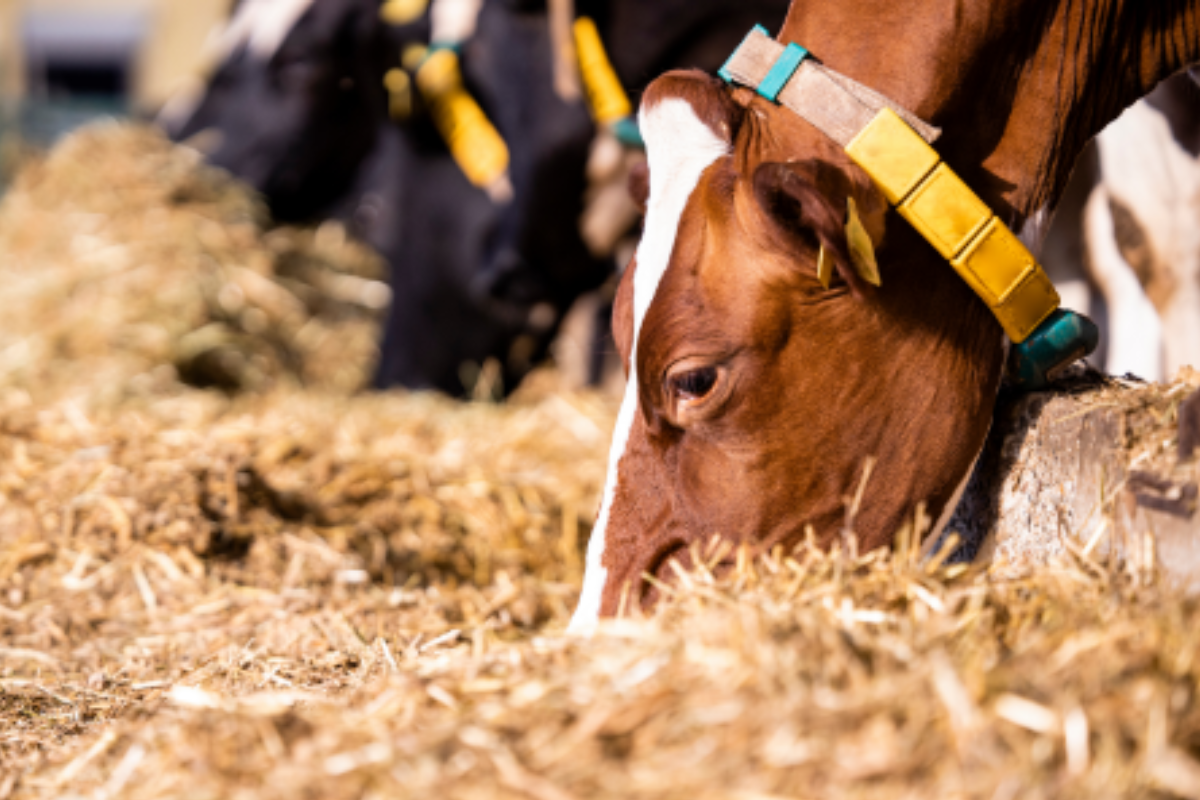Aspects of Feeding Aimed at Reducing the Use of Antibiotics.
Optimal animal health is the key to maximizing productivity. Nowadays, there is increasing pressure to achieve this with minimum use of antibiotics. Along with strict hygiene and biosecurity, a sustainable vaccination program and monitoring of animal health, environmental and nutritional influences play an important role in maintaining healthy and productive animals. Antibiotic strategies were highly successful in the past. Now it’s time to take specific steps aimed at reducing the use of antibiotics and stabilizing the entire production system.
High-quality feed is essential.
The gastrointestinal tract plays a very important role and feed is one of the most important factors that affect the digestive system. Young animals are expected to consume large amounts of feed in a relatively short time. Problems with digestion that often occur in this phase should ideally be solved without antibiotics. A key factor is the digestibility of the feed. The selection and administration of the feed must be adapted to the animal’s development. Although it can increase overall feed costs, there is no alternative to investing in high-quality feed.
Optimizing feeding system and management.
Feeding system and management is another factor that affects feed intake. The animals must consume the first food as quickly as possible to ensure rapid development of the digestive tract. Along with the development of stable gut microbiota and the adaptation of the animal’s own digestive enzymes, this also has a positive effect on daily weight gain in the first rearing phase.
Another critical point is the acidification of the mash in the stomach. Lowering the pH value is crucial for good pepsin activity to start protein digestion and to provide an antimicrobial barrier in the stomach. For this purpose, there are several acid products available based on different organic acids or combinations. Dosing and efficiency of the supplemental acids are determined by the buffer capacity of the feed. This buffer effect is influenced by the amount and composition of the minerals and the protein content of the feed. These factors should be taken into account in the feed formulation and in the dosage of acidifier.
Enzymes are added to the diet to reduce the risk of undigested nutrients leading to the growth of pathogenic germs in the large intestines. High-dose phytases also support protein digestion in the acidic environment of the stomach. Carbohydrate-cleaving enzymes provide energy to the animal and reduce digesta viscosity, which facilitates nutrient resorption. The use of exogenous enzymes to overcome the deficiency is therefore another fundamental approach to reducing antibiotics.
Other supporting feed additives.
In addition to the organic acids and the enzymes that support the digestive capacity of animals, probiotics and prebiotics help stabilize the intestinal microbiota. These are available in different types that are suitable either for long-term use in the feed, or for short-term use for initial colonization or stabilization following a required treatment with antibiotics. Numerous studies confirm the positive effects of these products.
Practical experience shows that a package of measures is necessary to reduce the need for antibiotics. This is because the effects of incorrect feeding cannot be treated. Instead, the weak points in the system have to be eliminated.











